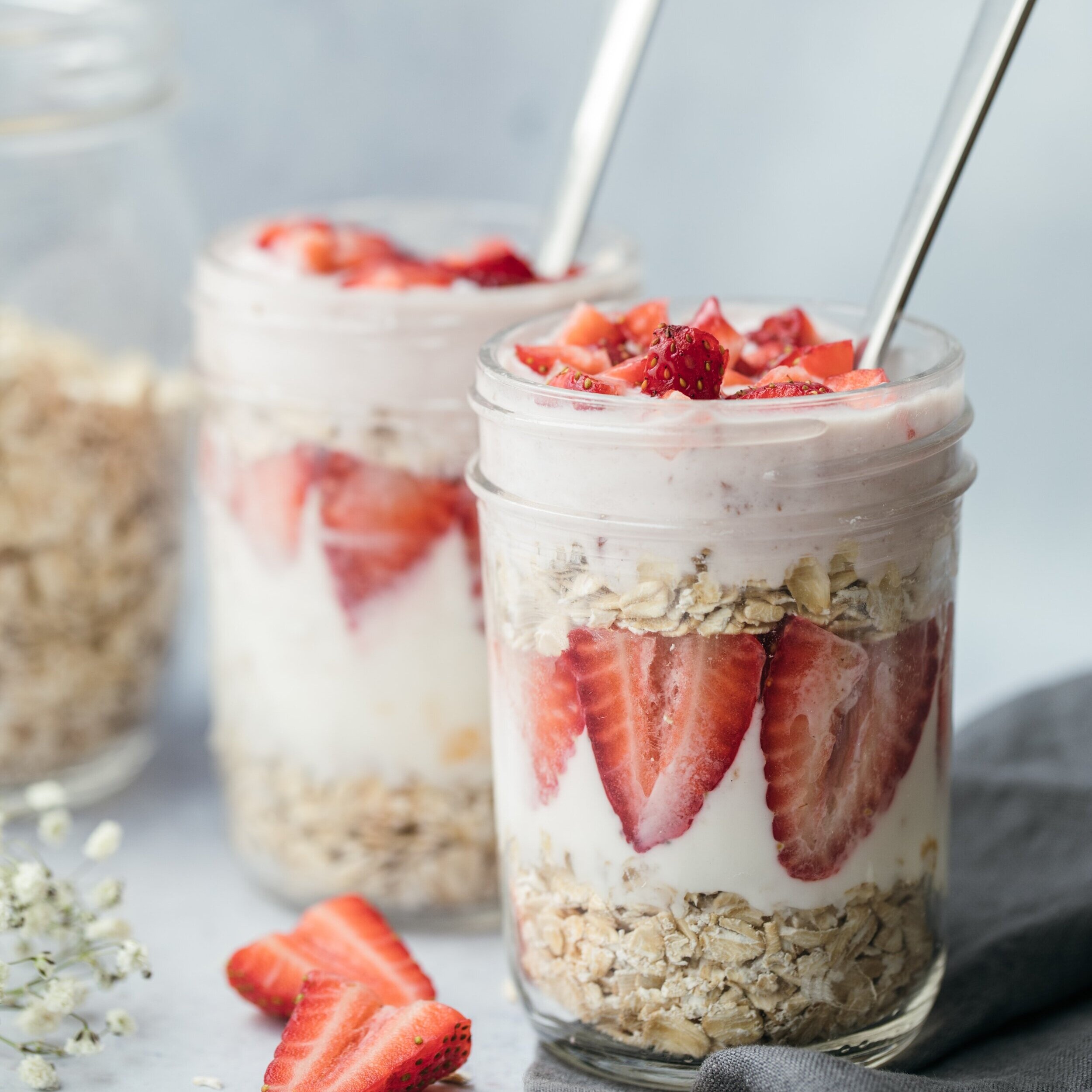How to Cook: Peppers
The weather in Los Angeles is warming up, and while the first thing you might want to eat on a sunny day is a nice slice of watermelon, the best food to eat to beat the heat might be the last thing you’d expect. If you notice which countries typically eat spicy food, they aren’t the countries freezing up north. The countries that like to feast on fire are typically located near the equator and in hot climates like India, Mexico, or Thailand. This is partly because peppers, the tongue-tingling tastiness thrive in these warmer climates.
Peppers can add more than just a spicy warmth to food. Each type of pepper has unique flavors and properties that can enhance the flavors of food. Here are just a few peppers and some ways that you can make the most of their heat and their flavors.
SCOVILLE SCALE
When talking about peppers, chances are that you’ve heard of spice levels, quantified in Scoville units. The Scoville scale is a scale designed to measure the relative spiciness of a given pepper, ranging from 0 to several million. Most types of peppers that humans typically consume on a daily basis are usually on the lower end of the scale. For example, bell peppers are a 0 on the Scoville scale. However, some people make it their hobby to breed peppers that rank ridiculously high on the scale, with around 2.2 million Scoville units such as the Carolina Reaper. To compare, many individuals consider jalapenos to be spicy, yet their Scoville ranking ranges from 2500 to 8000. With such high levels of heat intensity, these peppers may be more painful and hazardous than enjoyable and palatable. But don’t worry, the majority of the peppers featured in this article will not cause you to descend in a fiery flurry of sweat and tears.
SAFE HANDLING OF PEPPERS
It’s important to note that fresh peppers should be handled with some level of caution while preparing them. Touching your eye or other sensitive areas of your body after handling peppers can cause a temporary burning sensation and should be promptly flushed with water.
This is because of the capsaicin found in peppers. Capsaicin is the active component in chilis responsible for the burn. Typically, capsaicin is found in the inside of the pepper on the parts that touch are connected to the seeds. It’s a hydrophobic substance, meaning it is an oily substance that can make its way onto your fingers without you noticing.
In order to reduce the heat of your dish, at least for any of these peppers, first slice the pepper lengthwise, exposing the capsaicin-containing inside flesh of the pepper. Removing the seeds and other light parts of the pepper can significantly alter the final spiciness of the dish.
JALAPENO
The first pepper on this list, and one of the most widely-available peppers here in California is jalapeno. Known as the capsicum annuum, it is part of a whole family of peppers including serranos, cayenne, and habaneros. Ranking around 2500-8000 units on the Scoville scale, jalapenos give you a tingle of heat that most people can handle without a sweat.
Jalapenos are a hugely integral part of Mexican cooking, making it an important staple and key ingredient in salsas, sauces, and many dishes. Jalapenos can be prepared in various ways due to their extreme versatility. Pickled jalapenos are the type normally found on top of pizzas, burgers, and hot dogs. Their slightly sour, salty, and spicy flavor profile helps provide a nice heat that cuts through the fattiness of certain foods. When used fresh, jalapenos can play a different role in recipes with their light flavor and good amount of kick. One great way to use jalapenos is to finely dice them (after removing the desired amount of flesh and seeds) and then to sauté them with meats, onions, or other vegetables. Jalapenos instantly add a fresher-tasting heat to any dish, more so than using something like red chili flakes or cayenne.
Jalapeno Poppers
Cook Time - 20-25 mins Prep Time - 15 minutes
Ingredients:
8 jalapeno peppers (sliced in half lengthwise)
3 oz. cream cheese
3 medium-sized scallions (green part, not white), sliced
2 oz. sharp cheddar (opt for low fat for a healthier option)
2 eggs (beaten)
½ cup panko breadcrumbs
⅛ tsp paprika
⅛ tsp garlic powder
⅛ tsp chili powder
Salt and pepper
Nonstick spray
Directions:
Preheat oven to 350.
Slice jalapeno peppers in half & remove seeds/membrane by scooping out with a spoon
Mix cream cheese, cheddar, and scallions in a bowl (letting the cheese come to room temperature may make it easier to mix)
Combine panko, paprika, chili powder, and garlic powder in another bowl. Add a few pinches of salt and freshly ground black pepper.
Fill pepper halves with cheese filling by using a small spoon
Dip the pepper in the bowl of beaten eggs and then coat with the panko mixture
Line a baking pan with parchment paper or spray down with nonstick spray
Bake in the oven for around 20 minutes or until golden brown and oozy. Remove from the oven and serve!
Credits: skinnytaste.com/skinny-baked-jalapeno-poppers/
HABANEROS
Walking down the supermarket produce aisle, you’ll encounter a sea of green and red chilis. Nearly indistinguishable from one another, you’ll have to walk up close and read their description to figure out which one to buy, especially in the case of jalapenos and serranos. But, one type of chili stands so brightly out from the rest that you’ll be able to spot it from nearly a mile away. The chili that I’m talking about is no other than the habanero pepper.
If you’ve ever gone down the rabbit hole of youtube pepper-eating videos, then you’ve probably seen just how fiery one of these little bright orange peppers can be. They’re unassumingly small, but in the world of peppers, the smaller they are, the stronger they kick.
By now, you’re probably thinking to yourself, “why would I ever want to eat fire?” In cooking, where there’s fire, there’s flavor. Habaneros have a uniquely fruity and floral aroma and flavor that can lend itself to elevating the flavor of many dishes. The largest producer is the Yucatan Peninsula in Mexico & is closely related to the Scotch Bonnet pepper, which is commonly found in jerk seasonings and marinades in Jamaican cooking.
Jerk Chicken with Mango Salsa
Ingredients:
8 pieces of bone-in chicken thigh
Mango Salsa
3 ripe mangos, diced
1 chopped medium red bell pepper
½ cup chopped red onion
¼ cup chopped cilantro
1 jalapeno, seeded and minced
¼ cup lime juice
Salt to taste
The Marinade
1 bunch of scallions
1 cup soy sauce
½ cup sugar
½ cup lime juice
10 cloves of garlic
10 sprigs of thyme
2 to 3 habaneros (or scotch bonnet peppers)
1 large onion, roughly chopped
The Spices
½ tsp of nutmeg
1 tbsp cinnamon
1 tbsp ground coriander
½ tsp of ground clove
½ tsp of ground black pepper
Directions:
Blend the marinade ingredients together in a high-powered blender or food processor. NOTE: if you want it to be less spicy, deseed the habaneros before blending. Then add the spice mixture into the puree and mix thoroughly.
Put the chicken thigh in the marinade and refrigerate for two hours or overnight
Baking Directions:
Preheat an oven to 375 degrees. Place chicken in a roasting tray and bake for 25 minutes.
Preheat a cast-iron pan and finish chicken by searing for a few minutes, or until skin turns a dark brown
Grilling Directions:
Preheat grill to high heat before placing chicken on the grill. Grill on high for about 15 minutes until it browns on all sides before turning it to low and covering the grill for another 15 minutes.
Let chicken rest before serving
Serve with mango salsa and enjoy!
THAI CHILIS (BIRDS EYE)
As I mentioned earlier, in the world of chilis, heat comes in small packages and bird’s eye chilis are the very embodiment of that idea. These two-inch long peppers pack a strong punch and can add a satisfying heat in a lot of Asian dishes (if used sparingly). It ranks around 50,000-100,000 on the scoville scale, so while not as spicy as a habenero, it is still worlds spicier than a jalapeno. A little goes a long way here. Unlike some of the other peppers mentioned in this article, bird’s eye chilis have a slow, creeping heat that sneaks up on you several bites into your dish.
The size of the pepper makes it difficult to deseed. Instead, just limit the amount used in your recipe to reduce the heat. They can be cooked either whole, sliced, or diced depending on what you’re planning on making. In Thai cuisine, sometimes bird’s eye chilis are consumed whole as a side dish!
Green Curry
Ingredients:
1 package firm tofu - (You can use substitute any protein with this recipe like chicken, shrimp, or beef)
1 can of coconut milk (avoid using coconut milk used for drinking, as the flavor is less concentrated)
3 birds eye chilis, sliced
1 medium onion, sliced
2 gloves of garlic, finely chopped
1 cup shiitake mushrooms, sliced
1 red bell pepper, diced
2 whole carrots, sliced
1 cup snap peas
1 tbsp finely chopped ginger
1 ½ tsp lime juice
3 tablespoons Thai green curry paste
½ cup vegetable stock
1 tsp fish sauce
1 tbsp soy sauce
Directions:
Heat a large skillet over medium heat and add 2 tsp of canola oil (or another neutral oil). Once hot, add ginger, garlic, chilis, and onion and sautee for about 3 minutes or until onions start to become translucent. Stir often to avoid burning garlic. Add the carrots, shiitake mushrooms, red bell pepper and snap peas and cook for another 3 minutes. Then, add green curry paste and stir constantly for about 2 minutes.
Pour coconut milk along with ½ cup vegetable stock. Let it come to a slow simmer and reduce heat as necessary. Add tofu and cook until carrots are tender, about 10 minutes. Add 1 tsp of fish sauce and 1 tbsp of soy sauce. Add salt to taste.
Remove curry from heat and serve over a bed of rice.
BOTTOM LINE
Whether you want to use peppers for their bright colors, their unique flavors, or their fiery heat, there are a countless number of ways to use them to their full potential. Nearly ubiquitous in cuisines all around the world, peppers provide an extra zing that can bring a dish to the next level.










